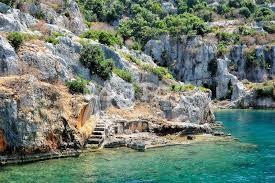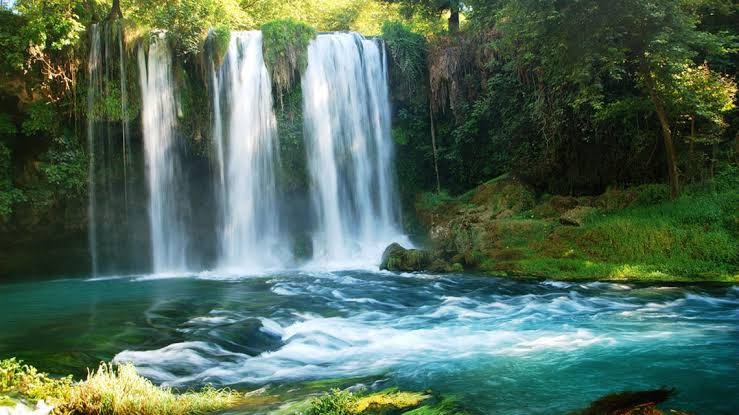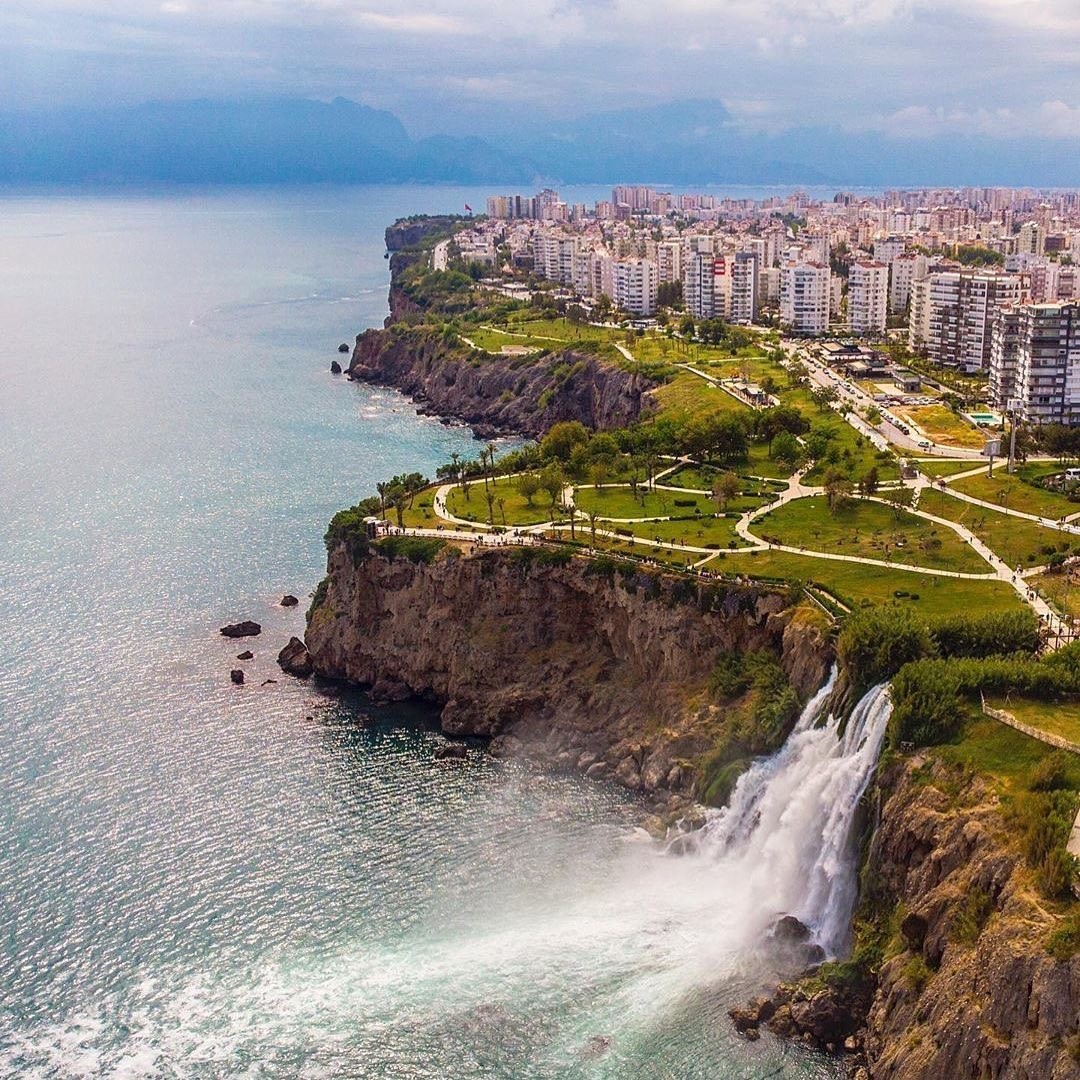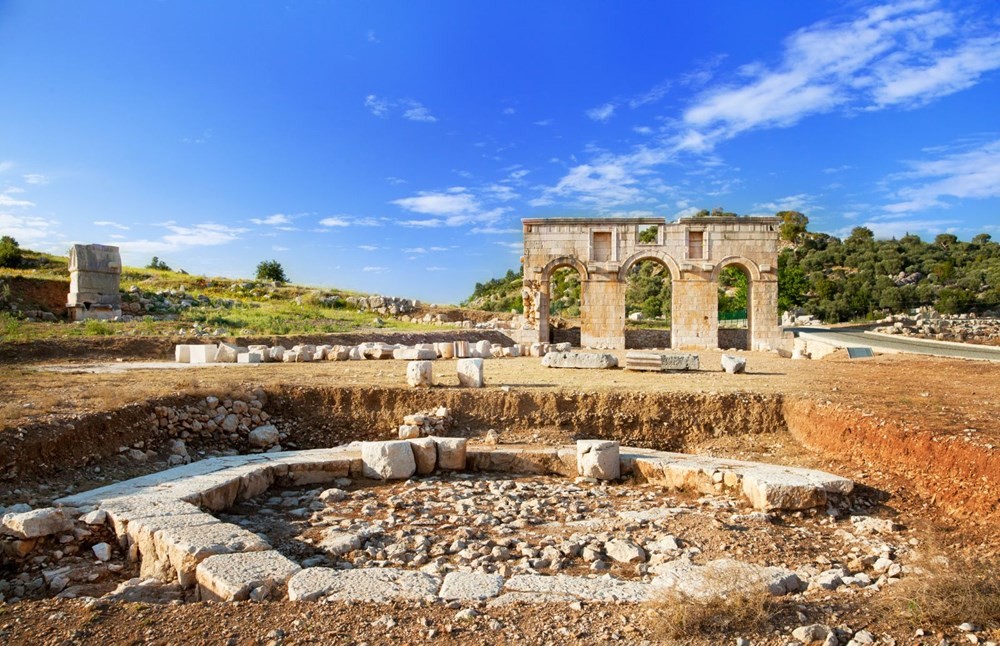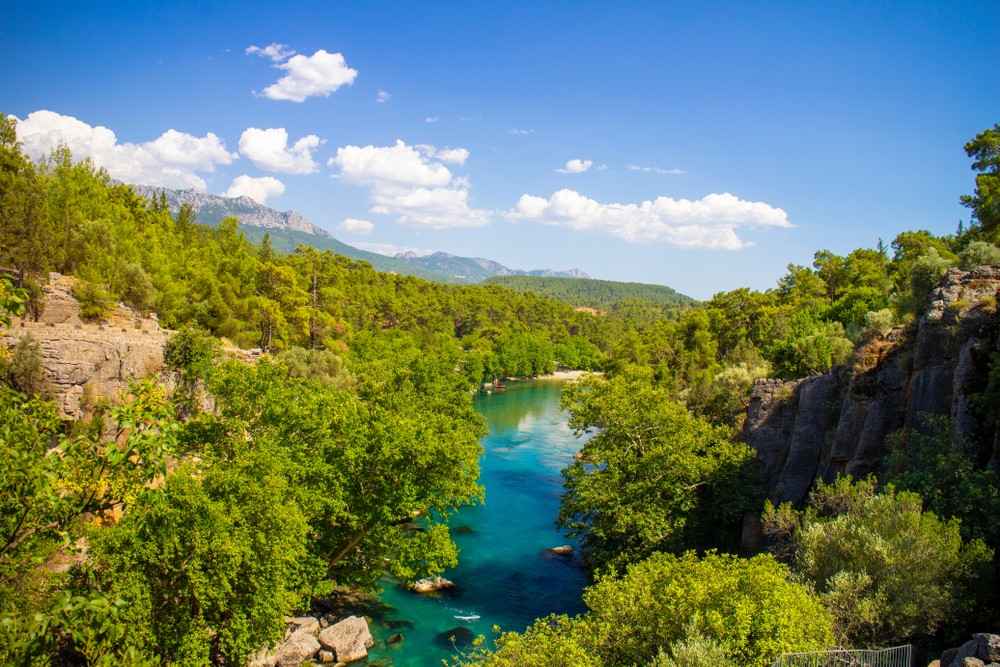One of the places with the richest history of Anatolian lands, which has witnessed human history for an uninterrupted period, is Antalya. Antalya, in three ancient cultural regions within its borders; It offers archaeological excursions of Lykia, Pampylia and Psidia. Check out the travel guide we prepared for Antalya to learn about the history and places to visit in the natural beauties of Antalya.
List of Places to Visit in Antalya
Gallery17 March 2020Kaleiçi
Kaleiçi, which is defined as the historical core city of Antalya, has witnessed various civilizations throughout the ages. There are many accommodation facilities in Kaleiçi, which was built during the Bergama Kingdom. Its historical features are the focus of attention of tourists. Hadrian's Gate, Hıdırlık Tower, Yivli Minaret, Kesik Minaret and Antalya's historical harbor are among the main works to be seen in Kaleiçi.
Hadrian's Gate
Hadrian, one of the most famous Emperors of the Roman Empire, also visited Attaleia during his trip to Asia Minor. Hadrian's Gate was built in his honor. Today it is located in Üç Kapılar location in the city. The gate provides passage through the city walls into the castle.

Museum of Antalya
After the First World War, the Italians invaded Antalya on March 28, 1919 and attempted to collect ancient artifacts. Upon this, Süleyman Fikri Bey, who was teaching at Antalya High School at the time, applied to the Governor of Antalya and appointed himself as an honorary officer of antiquity (ancient work) on October 15, 1919 and started attempts to establish a museum. First, he collected the ancient works in the center of Antalya at the abandoned Bayraktar Baba Tomb opposite the Tekkeli Mehmet Pasha Mosque, created a warehouse museum and laid the first foundation of the Antalya Museum. In 1922, the Antalya Museum was moved to the Panaya Church (Alaaddin Mosque), one of the five churches left by the Greeks who went by exchange. In 1972, the Antalya Museum gained its current building. Antalya Museum consists of 13 exhibition halls, a children's section and open-air galleries. In the museum, a total of 7 thousand 20 works are exhibited according to their chronological and subjects. Most of the works in the museum collection were obtained from excavations in the region. Ethnographic works were compiled by experts according to the regions they belong to. Antalya Museum is considered as one of the important museums of the world with its ''Europe Council Special Award” in 1988, especially with the Roman Period sculptures found in Perge and with its unique finds from museum rescue excavations in recent years.
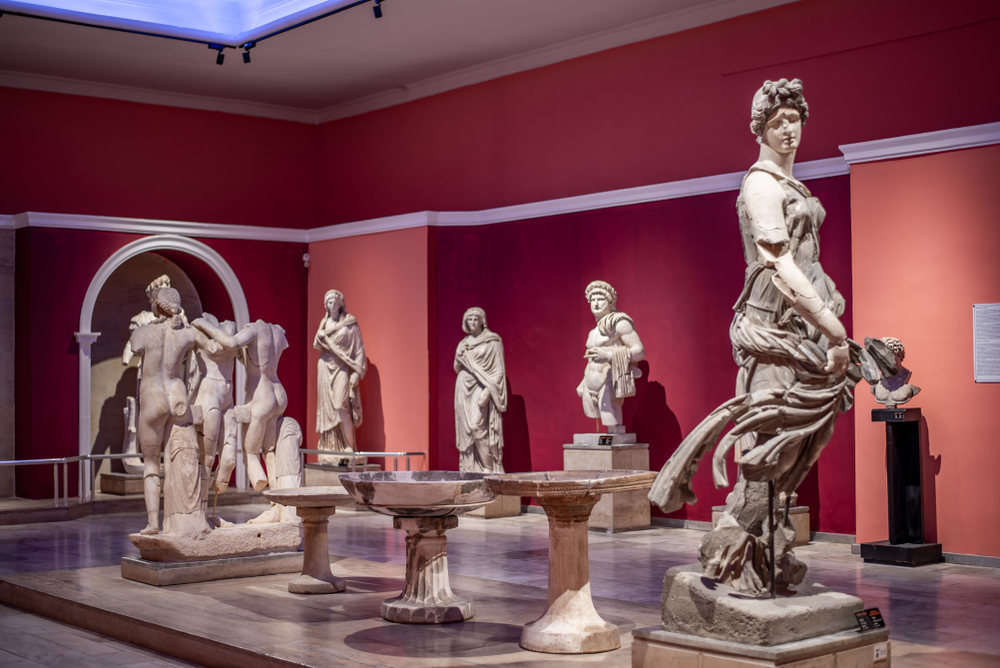
Düden Waterfalls
The cliffs that shape the coast of Antalya bring the area between Konyaaltı and Lara to a higher position than the sea. Many streams passing through the city meet the deep blue of the Mediterranean by making small waterfalls over the cliffs. The biggest of these waterfalls, the Lower Düden Waterfall, flows into the sea from Lara at 50 meters. The main source of Düden Baş Waterfall is located 15 kilometers north of Lower Düden. Also known as İskender, Düden 1 or Upper Düden in some sources, this waterfall is 8 kilometers from the center of Antalya. It hides a large cave under the waters of the waterfall that spills like a wide tulle. This region, where rock tombs are also found, was rearranged as a picnic and promenade.
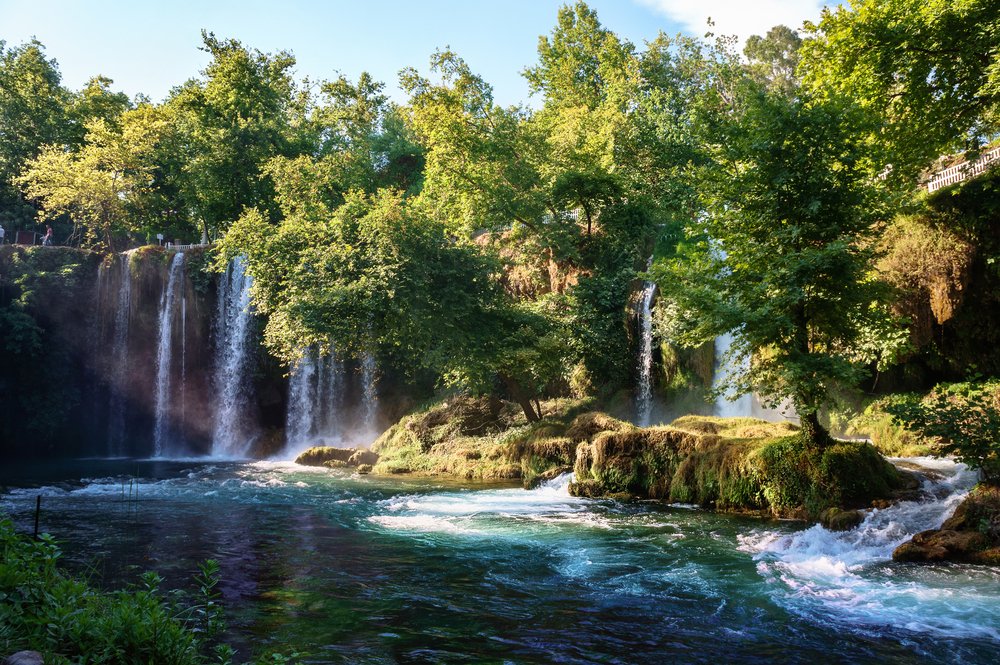
Gulluk Mountain National Park
It is located in the Korkuteli district of Antalya, high above the Taurus Mountains. The national park, decorated with steep cliffs and canyons, is an area covered with forest and maquis displaying Mediterranean plant communities. The area also contains species such as mountain goats, fallow deer and eagles. Termesos Ancient City on the slopes of Güllük Mountain is another richness of the national park. The city walls, castles, king road can be visited. There are picnic and camping places for visitors in the national park.
Termessos
It was established on a platform at a height of 1665 kiometres on the skirts of Mount Güllük, 34 kilometers west of Antalya. We know that the Termessians called themselves the people of Solym in the inscriptions to date. Strabon states that the people here speak a local language called Solym language. It is unknown when the city was founded. Even though Homer mentioned the people of Solymos before, Termessos appeared for the first time in Arrianos' work in 333 BC when he described the expedition of Alexander the Great. One of the prominent structures in the city is its agora, whose floor is covered with stone blocks, surrounded by galleries with columns in 3 directions.
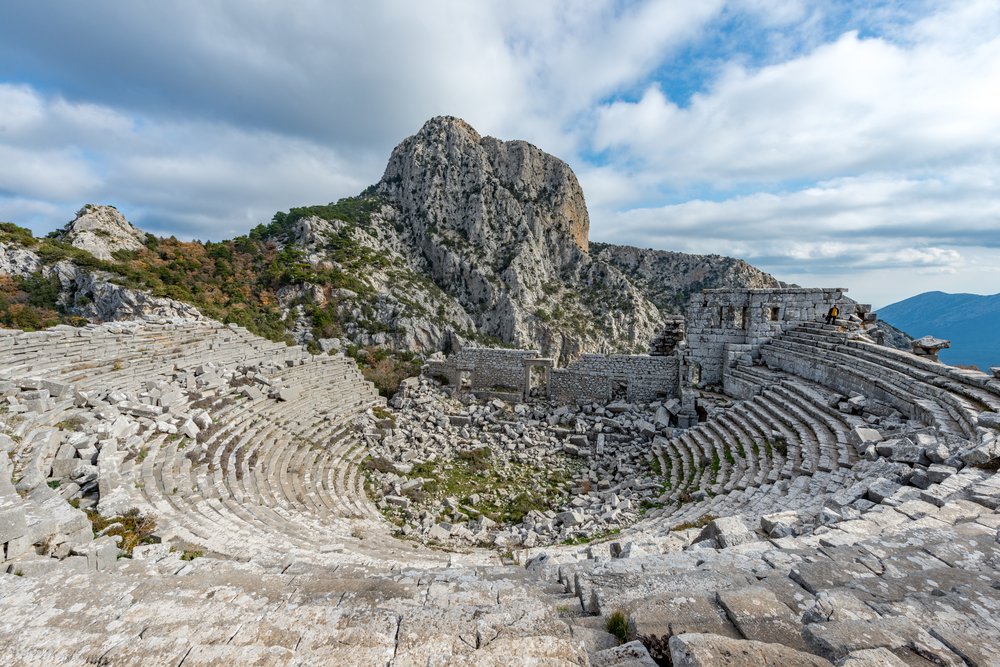
Saklıkent
The closest ski resort to the sea. It is 50 kilometers from Antalya. The ski season is from January to March. There are two lifts in the center. Entrance fee is collected from taxis, minibuses and buses entering Saklıkent.

Sillyon
When you turn left from the turn from the 33rd kilometer of Antalya-Alanya road, you can reach the city by driving 6 kilometers. The city was built on a 200-meter-high hill. Sillyon, who had an acropolis hard to reach, did not stand out among Pamphylia cities at that time. However, due to its sheltered location, a garrison was established here during the Persian administration, which enabled the city to resist Alexander the Great. A building thought to be the walls, theater, odeon, stadium and palace from the Hellenistic period are some of the rare ruins that can be seen in the city. On the west of Sillyon, there are rectangular shaped graves carved into the rock.

Patara Ancient City
Patara Ancient City is located in the present-day Ovagelemiş Village on the southwestern end of the Xanthos Valley between Fethiye and Kalkan and is one of the most important, oldest cities of Lycia. The ancient city of Patara, which has been excavated by Prof. Dr. Fahri Işık and his team since 1988, is also important because it is one of the rare beaches where Mediterranean turtles Caretta-Carettas have laid their eggs and hatched for millions of years.
In the Hittite texts of the 13th century BC the name of the city is mentioned as Patar. While the ceramic fragments uncovered in the Tepecik Acropolis include Middle Bronze Age features, the stone ax dating back to the Iron Age, uncovered on the eastern slope of Tepecik, shows how old Patara's history has gone. As it is the only place in the Xanthos Valley that can sail, it has continued to be an important city throughout history. The name of Patara in the Lycian language in inscriptions and coins is referred to as Patara.

